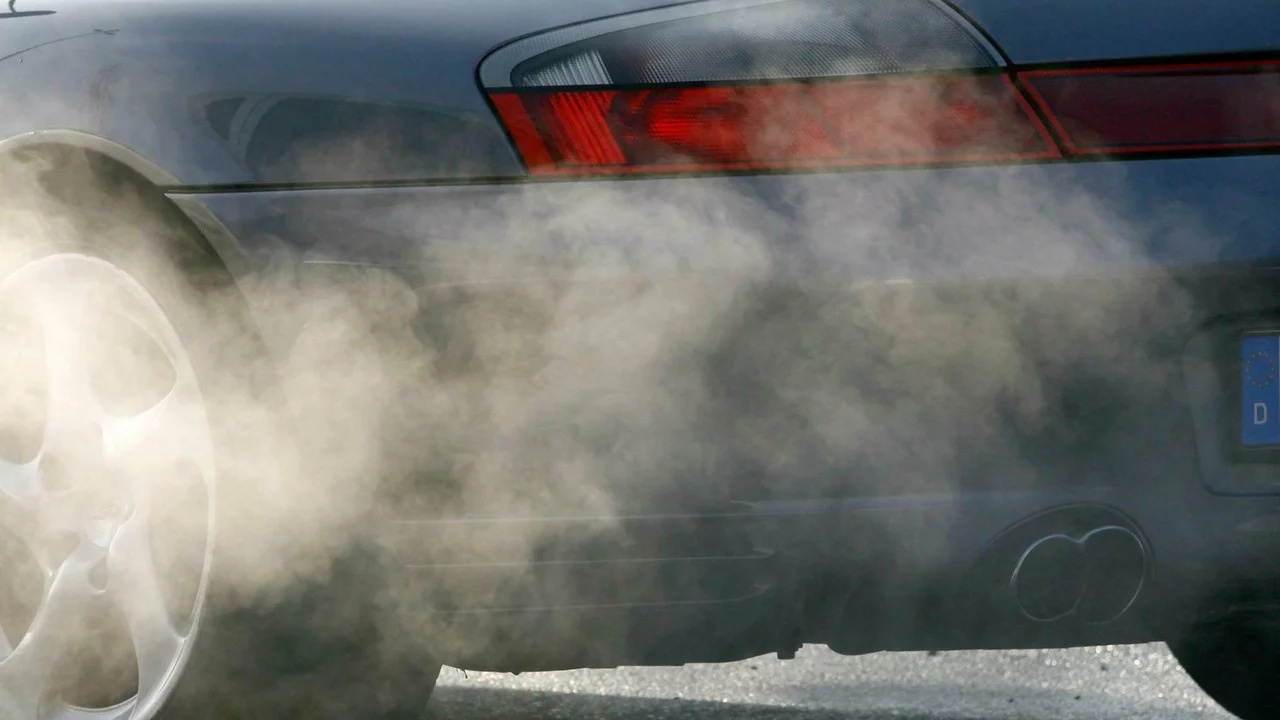Environmental Effects of Motorsports: What’s Really Happening?
When a race car roars past, most fans think about speed, drama, and the smell of burnt rubber. Few pause to wonder what that power actually does to the air, the soil, and the people living near the tracks. The truth is, motorsports leave a measurable trail – from exhaust emissions to noise pollution, from tire waste to the energy used for lighting a whole venue. Let’s break down the biggest impacts and see how the sport is trying to clean up its act.
Carbon Footprint – The Big Numbers
Every litre of gasoline burned on the track releases roughly 2.3 kg of CO₂. A single Formula 1 weekend can emit as much as 200 tonnes of CO₂, which is comparable to the yearly emissions of a small town. It’s not just the cars – the trucks that transport equipment, the generators that run the paddock, and the thousands of fans driving to the circuit all add up. When you add up the whole event, the carbon footprint can easily reach the level of a regional airline flight.
But the sport is taking steps. Hybrid power units in F1 cut fuel use by about 25 % compared to the old V8s. Formula E runs on electricity, meaning zero tailpipe emissions at the track. Even touring car series are experimenting with bio‑fuels that lower CO₂ output by up to 30 %.
Noise, Waste, and Local Impact
Noise isn’t just a nuisance; it can affect wildlife and nearby residents. Modern circuits use sound‑absorbing barriers and schedule loud sessions during daylight to reduce disturbance. Waste is another big issue – a single race can generate several tons of discarded tires, oil containers, and single‑use plastics. Some venues now recycle old tires into playground surfaces or use them in construction projects.
Water use also matters. Track sprinklers, car cooling systems, and hospitality areas consume large volumes of water. Several tracks have installed rain‑water harvesting systems to refill cooling ponds and flush toilets, cutting fresh‑water demand dramatically.
Fans can help, too. Car‑pooling, using public transport, or even biking to nearby events cuts individual emissions. Many circuits now offer reduced‑price tickets for fans who arrive by train or bus, encouraging greener travel.
In short, motorsports have a sizable environmental footprint, but the industry is shifting toward greener tech, smarter logistics, and better waste handling. If you love the thrill of racing, you can also support the push for cleaner, quieter, and more sustainable events. The next time you hear a roar, think about the steps being taken to keep that sound as friendly to the planet as it is to your adrenaline.
